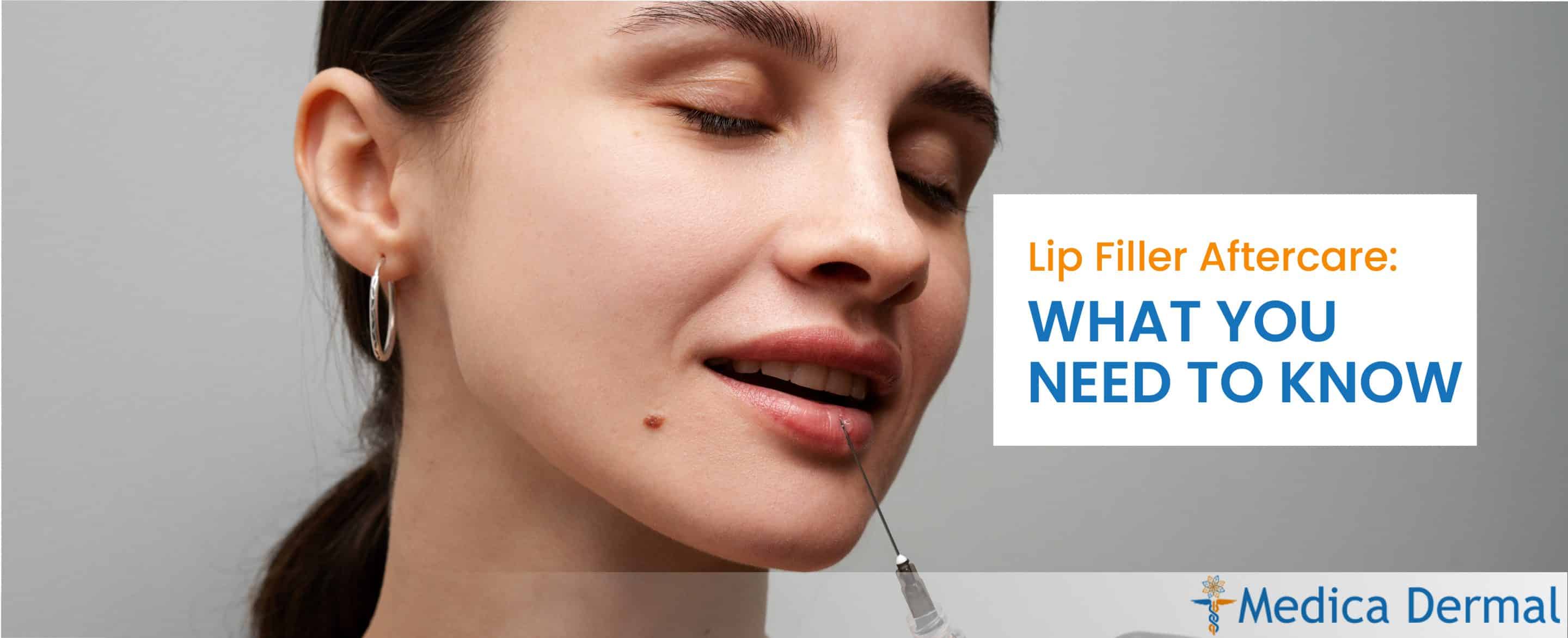
Which Dermal Fillers Last the Longest? (Everything you need to know)
There are cosmetic procedures that are quick and non-invasive that can transform your face to give you a more radiant look. The non-invasive procedure that most people prefer is dermal filler injection.
Dermal fillers are a gel-like substance injected beneath the skin to remove wrinkles, add volume or enhance facial features. Fillers can either be temporary or permanent. Temporary fillers dissolve into the skin after some time and have to be topped up. On the other hand, permanent fillers do not and thus don’t require regular touch-ups, making them the longest-lasting of the two.
This article will dive deeper into their difference and an in-depth overview of the lasting of temporary filters under the eyes and on the cheeks.
Let’s begin.
1. What are permanent dermal fillers?
Permanent dermal fillers are a type of filler that doesn’t dissolve into the body, making them the longest-lasting on the target area it is injected in. They are used to keep the treated area unchanging for several years.
Polymethylmethacrylate (PMMA) and Collagen-based fillers are commonly used permanent dermal fillers and can be used to solve other issues apart from those purely related to the patients’ age.
Fillers such as Juvederm or Restylane have been used to effectively correct the curve or dip of the nose, leaving it appearing straighter, which is in some cases a much cost-efficient and less invasive solution than an alternative full rhinoplasty surgery.
The most significant advantage of permanent fillers over temporary fillers is that you don’t need to retouch them after 3-6 months. The procedure of injecting permanent fillers is non-invasive and quick.
The downside of permanent fillers is that the removal process is complex and can be expensive.
2. Which filler lasts the longest for lips?
Within the temporary fillers category (recommended for lip filling), Juvederm fillers last the longest; it usually takes 12-18 months before needing a retouch.
Most lip fillers last 6-8 months, and in most cases, there is a need for top-up within this period to maintain the same vibrancy. The choice of lip filler to use depends on how you want your lips to look and how much you are willing to spend.
As we mentioned before, this is a procedure that will require frequent touch-ups, and so it is essential you carefully consider the cost and choose one within your price range.
Permanent fillers are not recommended for the lips because of natural changes that take place as one age. What is statically appropriate for you today can look out of place or be unnecessary in 10 years.
HA lip fillers can last longer because they will take longer to dissolve; however, they are not appropriate for the lips because they can move after being injected, making the lips look uneven or bumpy.
3. How long do fillers last under the eyes?
Dermal fillers can last between 9 months and 24 months under the eyes, all dependent on the type of filler injected.
Below are the types of fillers used for the eyes and how long they last:
Hyaluronic acid fillers (9-12 months)
Hyaluronic acid is a substance that is naturally produced by the body.
The Hyaluronic acid fillers are made up of a synthetic gel specially designed to mimic the Hyaluronic acid produced naturally in our system.
These fillers are easy to work with, transparent, and don’t easily clump, making them a favorite for use in the under-eye area by most people.
Their most significant advantage against other types of fillers is that they provide the most natural look, however, they typically require to be topped up more frequently than other alternatives.
Some of the Hyaluronic acid fillers include; however Restylane, Belotero, and Juvederm
Calcium hydroxylapatite (12-18 months)
This is a biocompatible filler made from calcium and phosphate.
Apart from helping maintain the connective tissue, it also invigorates collagen production in the skin, thereby adding volume to the area.
The downside to using this type of fillers is that they can make the area under the eye overly white or lead to nodules formation under the eye.
Radiesse is the brand name of these fillers.
Poly-L-lactic acid (up to 2 years)
Poly-L-lactic acid is a synthetic biocompatible material that invigorates the production of collagen.
It is injected into a patient through a process known as linear threading.
4. How long does dermal filler last in cheeks?
Dermal filler can last between 6 months and 24 months when injected on the cheeks, dependent on the type of filler injected and how long it takes to dissolve into the skin tissue.
Cheek fillers are used for:
- Adding volume to the face
- Lift the cheekbones
- Smoothen wrinkle and fine lines
The same fillers that are used for eye-filling are also used as cheek fillers. Including:
- Hyaluronic acid fillers that last between 9-12 months. Two of the commonly used cheek fillers are from Restylane and Juvederm
- Polylactic acid can last for up to 24 months. Sculptra is the brand name for these fillers.
5. How often do you need to touch up fillers?
It is not easy to predict how frequently you’ll need a touch as each person’s skin and the body responds differently.
In addition to that, the type of filler injected and how long it takes to dissolve into the skin determines how frequent your touch-up appointments are going to be.
Below is a list of the commonly used fillers and the time to a touch up:
How often do you need to touch up Restylane fillers?
One of its best qualities is that it stays where it is injected, making it practical as an eye, cheek, or lip filler.
Its results can last 6-12 months depending on your body, so you’ll want to plan a touch every 3-6 months.
How often do you need to touch up Juvéderm fillers?
Juvederm tends to spread after injection resulting in a smooth appearance. This makes it effective for areas that have wrinkles and fine lines.
The results can last 9-12 months depending on where it is placed, so you’re advised to plan a touch-up every 3-9 months.
Conclusion
Dermal fillers can either be temporary or permanent. Which filler you use depends on the area they are to be used on, the budget for the procedure, and how regularly you can afford to get a touch-up.
Before deciding on the dermal filler to choose, make sure you are aware of the details discussed above.










